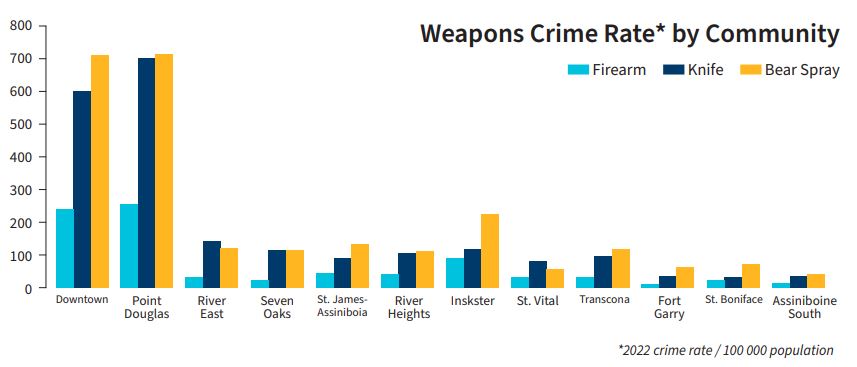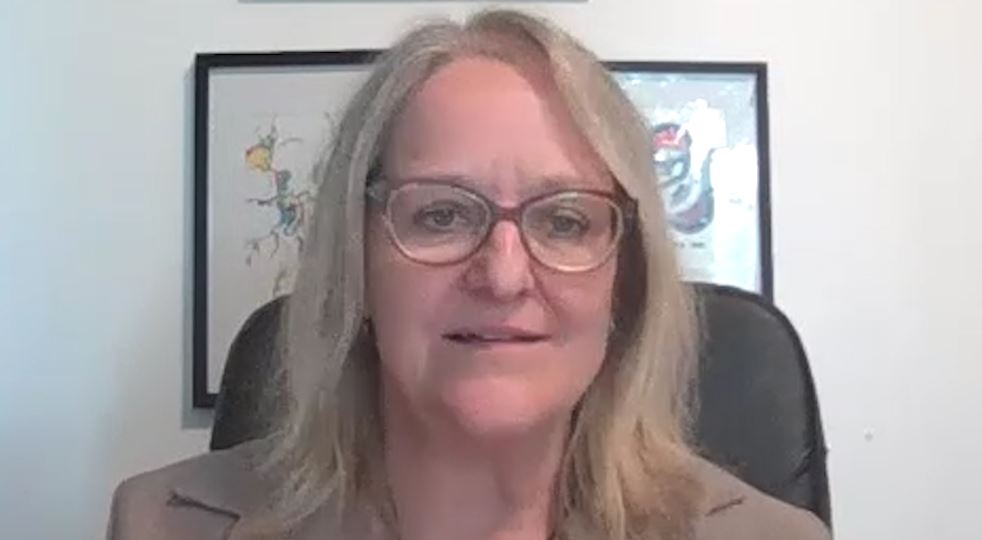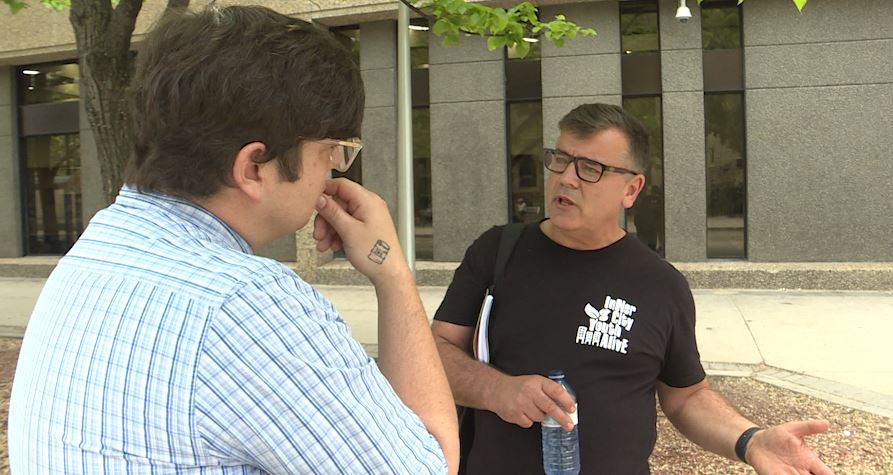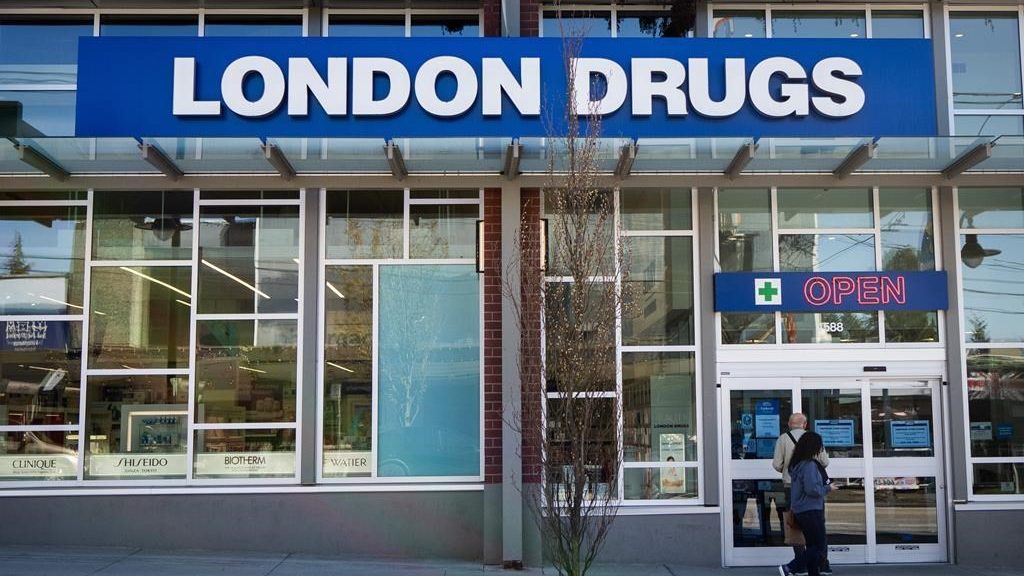Larger issues at play in Winnipeg’s rising crime tide: Experts
Posted June 1, 2023 3:31 pm.
Last Updated June 1, 2023 6:43 pm.
Crime is on the rise in Winnipeg. While some experts say, the way to curb the trend is more investment in public resources rather than law enforcement – others on the frontlines believe more police presence is needed, at least in the short-term, until the situation stabilizes.
“Some of the crime we’re seeing, especially rises in violent crime, is an outcome of that, is an outcome of the positions that people find themselves in,” said Kelly Gorkoff, associate professor at the University of Winnipeg.
“Some people like to think, because it’s an easy way to think, that it’s the wilful choice of someone to engage in a criminal act. And sometimes it is, for sure. But a lot of the time, people who are finding themselves in this position, it’s not a rational choice. It’s just a reaction to someone’s environment, and that environment is unhealthy.”
Data from Winnipeg police indicates crime is peaking in the West and Central districts – which includes areas like Point Douglas and Downtown.

A graphic from the 2022 Winnipeg Police Service statistical report indicates the presence of weapon-related crimes is far higher in Point Douglas and the Downtown than other Winnipeg neighbourhoods. (Photo Credit: Winnipeg Police Service)
Gorkoff, who leads the school’s criminal justice department, says the rise in crime stats is a symptom of a lack of affordable housing, accessible mental health and substance use programs, and community services for those most marginalised.
“People are waiting 10-15 hours and you’re not going to get someone waiting in an emergency room when you’re experiencing some type of mental health crisis or some kind of drug crisis, so unfortunately what does that does is manifest itself in certain kinds of behaviour, and that behaviour can be violent behaviour,” he explained.
Gorkoff says it’s these people who need support, and can’t get it, who often find themselves coming into contact with police and the justice system. As a result, are criminalised, saying there needs to be a conversation about where resources are flowing.

Associate Professor Kelly Gorkoff says more police may not be the answer when it comes to reducing crime in the city’s heart, saying more resources are needed to ensure people aren’t being unnecessarily criminalized. (Photo Credit: Morgan Modjeski, CityNews)
In an interview with CityNews, Chief Danny Smyth, says the city remains safe despite the rising crime rates in specific areas, but that reassurance offers little comfort to some working in the city’s core.
Kent Dueck, executive director of Inner City Youth Alive, which provides youth services in Winnipeg and across Manitoba, agrees more resources are needed.
“You can see it in real-time, the difference that it makes when youth access programming and the government allocates for alternatives for youth, so they don’t get caught up in these violent cycles that are so devastating,” said Dueck.
However, working with youth for almost 40 years, Dueck says it’s not the time to be removing police from these communities, saying resources need to flow to both community initiatives, as well as law enforcement.

Kent Dueck, Executive Director and Founder of Inner City Youth Alive, says there needs to be a balance between resources flowing to both communities, as well as law enforcement, at least until the situation in the city stabilizes. (Photo Credit: James Rinn, CityNews)
“We do have to get a handle on crime, so that kids don’t have to feel like they have to walk around with a weapon, and innocent kids, walking around with a knife, simply because they feel afraid.”
Data from the Winnipeg Police Service indicates when it comes to weapon-related offences, the two neighbourhoods far outpace others and Dueck says when people don’t feel safe in their community, it has a ripple effect.
“We just can’t move forward as a community, and so if people are fearful, they can’t think about the future. If people are fearful, it might impede their decision to go to work in the morning, or to go to school that day, and so, somehow – I keep talking about stability – we need to stabilizes things.”








